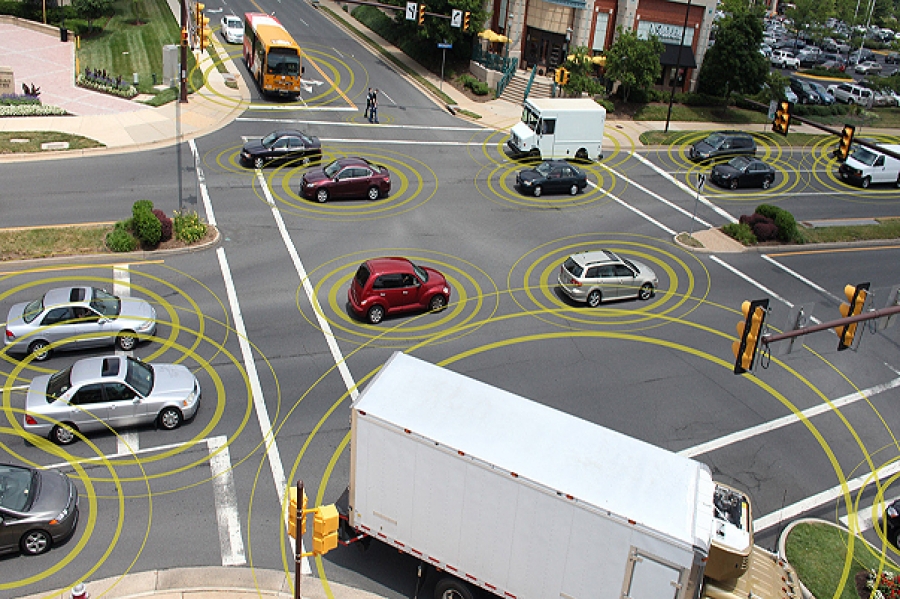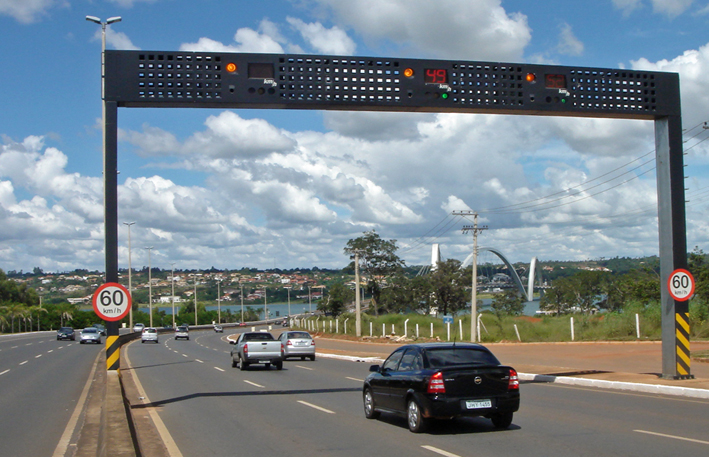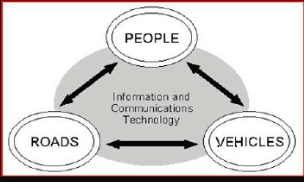Intelligent Transportation Systems
ITS - Intelligent Transport Systems is technology that is applied to transfer transport and infrastructure information between systems for improved productivity, safety, and environmental performance. This includes for standalone applications such as traffic management systems, warning and information systems installed in individual vehicles, as well as cooperative ITS and C-ITS applications involving vehicle to infrastructure and vehicle to vehicle communications.
Intelligent Transport systems are already in use in Australia and around the world. This technology is developing rapidly and the governments of Australia have combined to endorse a policy to ensure that ITS systems are used in the most effective way; and also a National ITS framework was agreed to by all the states and territories at the Transport and Infrastructure Council, which is formerly known as the Standing Council of Transport and Infrastructure on November 4, 2011.
National Agreement
The National Policy Framework for ITS in Australia provides assistance to ensure that the technology used in each control is well-matched and is developed around a set of agreed policy principles.
This framework is planned to notify and guide:
- Government Decision Makers
- Potential Providers of ITS Technology
- The ITS and Road Safety Research Community
- The Broader Australian Community
Background Situation of Promoting ITS
- To Solve Social Problems caused by Road
- To Activate the Economy
- To Reach an Advanced Information and Tele - Communication Society
- To Co-Ordinate Different Transport Modes
- To Reduce Drivers Run

Intelligent Transportation Technologies
Here are some examples of ITS System technologies used.
Active Traffic Management
It is a technology that is used to smooth traffic flows by coordinating ramp signals and introducing lane-use management systems such as variable speed limits and variable message signs.
Driver Information
The current GPS systems are very helpful to drivers as they provide information on traffic and road conditions as well as their prime purpose is to give directions. But, in some cases manufacturers have united to share information to build a real-time model on traffic flows from the data provided by individual vehicles.
Telematics
This type of ITS technology allows monitoring of an individual vehicle's movements and can be used to record the speed, location and mass of a vehicle. This technology is already being used by transport companies. Telematics can also be used as regulatory tools such as road user charging, compliance and enforcement.
Rail Management
With the help of ITS technology, the rail management systems are running more efficiently and able to control the traffic controllers and schedules as per the requirements, and the able to transfer the information on the location, speed and length of trains using the connected network.
Working together with future Intelligent Transport Systems
The Intelligent Transport Systems are continuously being developed and applied across the world. The regional and international governments are trying to update the ITS policy frameworks to ensure that the specific solutions reach the future systems and focus on the developments that are taken place every time.
The Cooperative ITS (C-ITS) technologies are going to see the real time communication between every individual vehicle and between vehicles and roadside infrastructure. For example, C-ITS can advise a driver that a collision is likely, or alert a driver to a vehicle that is braking hard but is hidden from view.
These Cooperative Intelligent technologies are being developed across the world and are likely to be commercially available in Australian vehicles in the coming future. To make sure that Australia can take advantage of these international developments, the Government of Australian is continuously contributing to develop the International Standards and stay informed about international developments.







